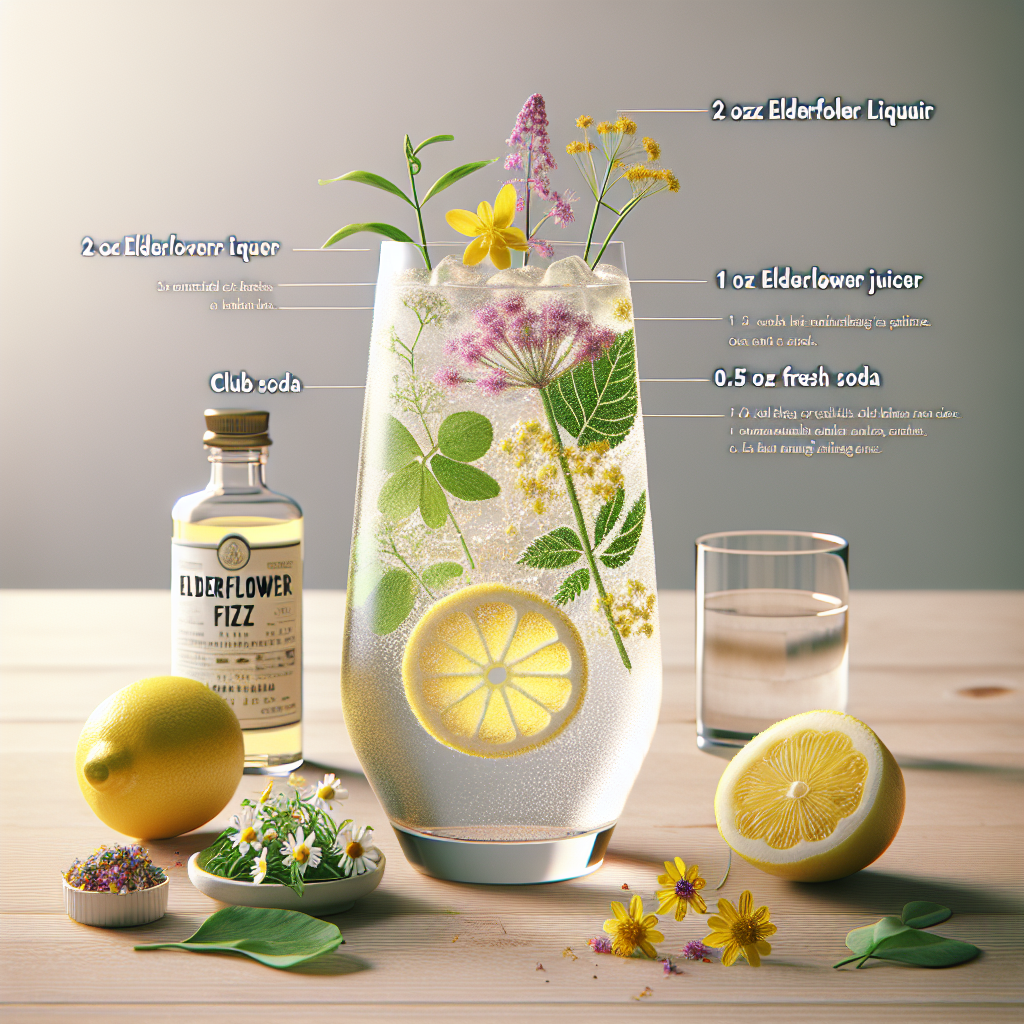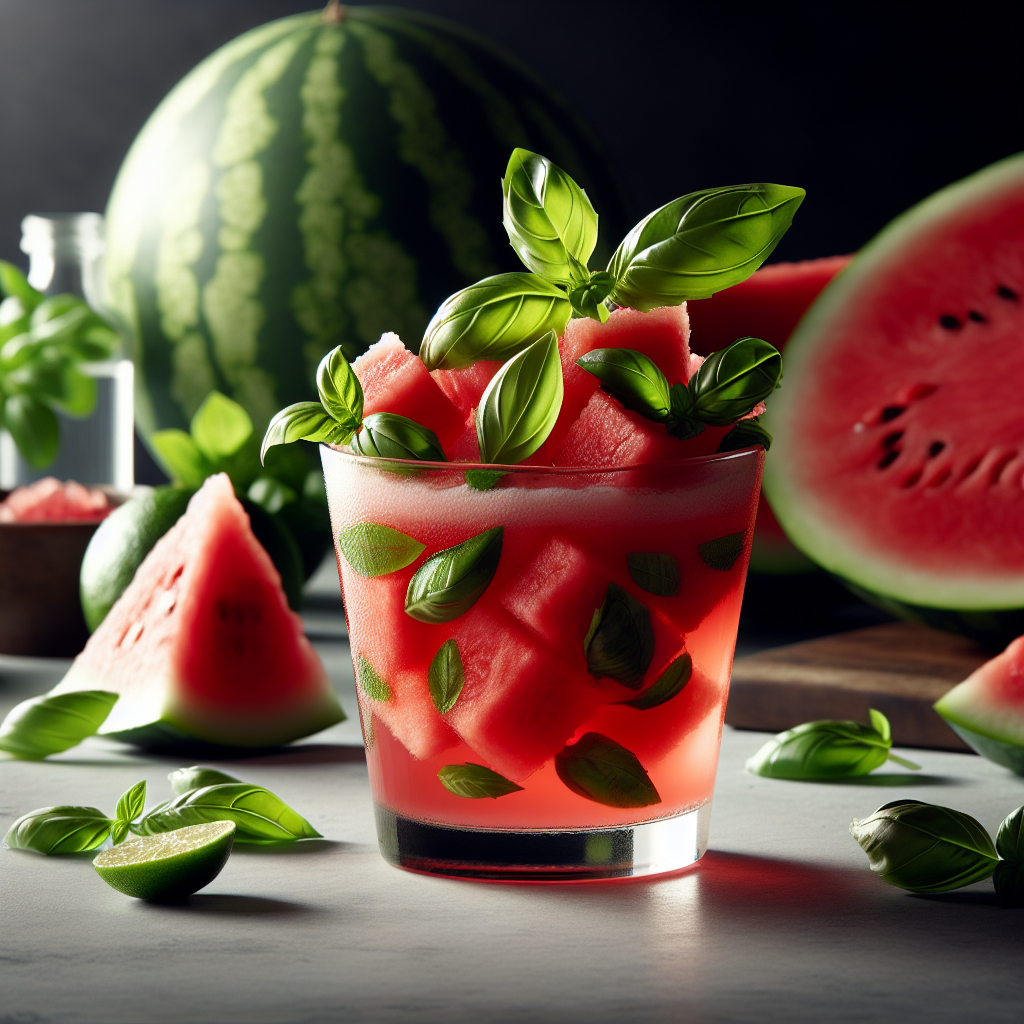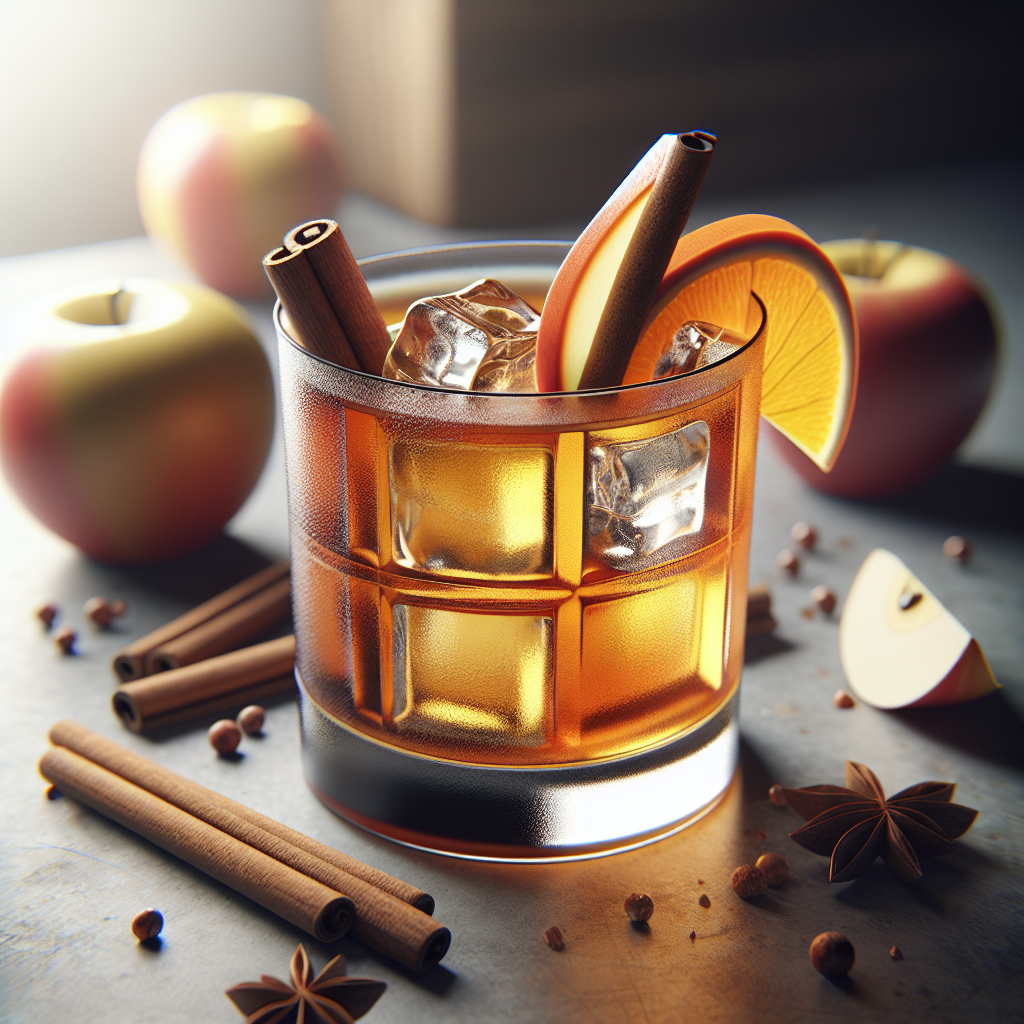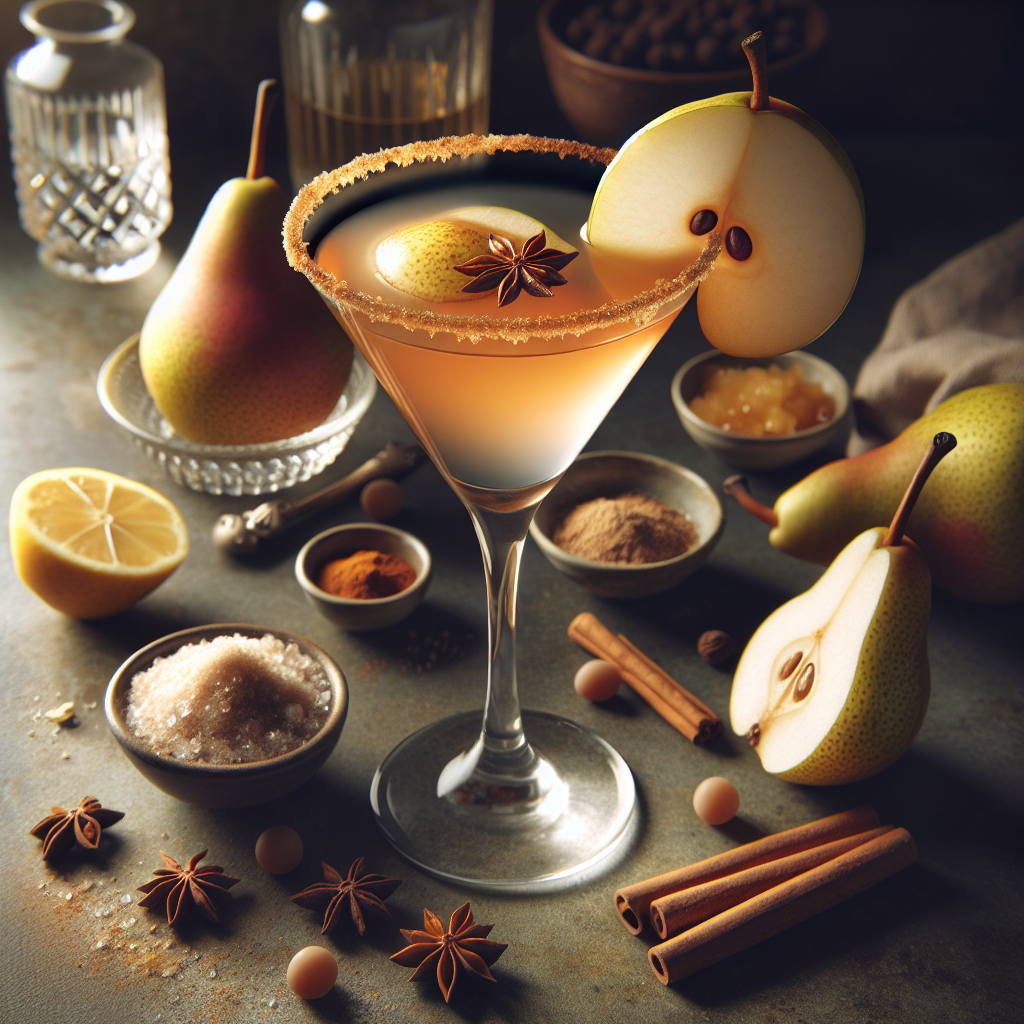Cocktail Cartography: Mapping Drink Origins

Cocktail Cartography: Mapping Drink Origins
Introduction to Cocktail Geography
In the realm of mixology, every sip tells a story, a narrative woven from the threads of history, culture, and the bountiful embrace of nature. As we embark on this journey of Cocktail Cartography, we delve into the origins of these cherished libations, tracing their paths through time and across continents. The art of cocktail-making is not merely a blend of spirits and mixers; it is a reflection of the seasons, a celebration of local flora, and a testament to sustainable practices.
The Birth of the Cocktail: A Historical Overview
The term "cocktail" itself has roots that stretch back to the early 19th century. One of the earliest recorded mentions is found in an 1806 newspaper, where it was described as a stimulating beverage composed of spirits, sugar, water, and bitters. This simple yet profound combination laid the foundation for the vast array of cocktails we enjoy today.
The Classic Martini: A Tale of Elegance
The Martini, perhaps one of the most iconic cocktails, has a storied past that many attribute to the late 19th century in San Francisco. Legend has it that bartender Jerry Thomas, often hailed as the "father of American mixology," crafted the first Martini at the Occidental Hotel. His recipe, a delicate balance of gin and vermouth, garnished with an olive or a twist of lemon, embodies the elegance and simplicity that define this classic drink.
Seasonal and Botanical Influences
As we traverse the map of cocktail origins, we must not overlook the pivotal role that seasonal and botanical elements play. The changing seasons bring forth a symphony of flavors, each contributing to the evolution of cocktails.
Spring: The Bloom of Innovation
Spring heralds a time of renewal and growth, where the delicate flavors of fresh herbs and edible flowers come to the forefront. Consider the Elderflower Fizz, a drink that captures the essence of spring with its floral notes and effervescence. Elderflowers, often foraged from local hedgerows, lend a subtle sweetness and a hint of citrus, perfectly complementing the crispness of gin.
Elderflower Fizz

A refreshing cocktail that embodies the essence of spring with its floral and citrus notes.
Ingredients:
- 2 oz gin
- 1 oz elderflower liqueur
- 0.5 oz fresh lemon juice
- Club soda
- Edible flowers for garnish
Instructions:
- In a shaker, combine gin, elderflower liqueur, and lemon juice with ice.
- Shake well until chilled.
- Strain into a highball glass filled with ice.
- Top with club soda and gently stir.
- Garnish with edible flowers.
Summer: The Heat of Creativity
Summer brings with it a burst of vibrant flavors, from the juicy sweetness of berries to the zesty tang of citrus. The Watermelon Basil Smash is a testament to this season's bounty, combining the refreshing coolness of watermelon with the aromatic punch of basil. Both ingredients can be sourced locally, reducing the carbon footprint and supporting regional farmers.
Watermelon Basil Smash

A refreshing summer cocktail that combines the sweetness of watermelon with the aromatic touch of basil.
Ingredients:
- 2 cups watermelon, cubed
- 6-8 fresh basil leaves
- 1.5 oz vodka
- 0.5 oz lime juice
- 0.5 oz simple syrup
- Splash of soda water
- Basil sprig for garnish
Instructions:
- In a shaker, muddle the watermelon cubes and basil leaves.
- Add vodka, lime juice, and simple syrup to the shaker.
- Fill the shaker with ice and shake vigorously.
- Strain into a glass filled with ice.
- Top with a splash of soda water.
- Garnish with a sprig of basil.
Autumn: The Harvest of Richness
Autumn's palette is rich with the deep, earthy tones of spices and fruits. The Apple Cider Old Fashioned is a perfect example, blending the warmth of bourbon with the crispness of apple cider. Apples, harvested in abundance during this season, can be sourced from local orchards, ensuring freshness and sustainability.
Apple Cider Old Fashioned

A warm and rich cocktail that celebrates the flavors of autumn with apple cider and bourbon.
Ingredients:
- 2 oz bourbon
- 1 oz apple cider
- 0.5 oz maple syrup
- 2 dashes Angostura bitters
- Orange peel for garnish
- Cinnamon stick for garnish
Instructions:
- In a mixing glass, combine bourbon, apple cider, maple syrup, and bitters.
- Add ice and stir until well chilled.
- Strain into a rocks glass over a large ice cube.
- Express the oils from the orange peel over the drink and drop it in.
- Garnish with a cinnamon stick.
Winter: The Chill of Comfort
Winter's embrace brings forth cocktails that warm the soul and comfort the spirit. The Spiced Pear Martini is a delightful concoction that marries the sweetness of pear with the warmth of spices like cinnamon and nutmeg. Pears, abundant in winter, can be sourced locally, ensuring a fresh and sustainable ingredient.
Spiced Pear Martini

A comforting winter cocktail that blends the sweetness of pear with warming spices.
Ingredients:
- 2 oz pear vodka
- 1 oz pear nectar
- 0.5 oz lemon juice
- 0.5 oz simple syrup
- Pinch of cinnamon
- Pinch of nutmeg
- Pear slice for garnish
Instructions:
- In a shaker, combine pear vodka, pear nectar, lemon juice, simple syrup, cinnamon, and nutmeg.
- Add ice and shake well until chilled.
- Strain into a chilled martini glass.
- Garnish with a slice of pear.
Foraging Tips and Seasonal Ingredient Guides
As we explore the origins of cocktails, it's essential to consider the sustainable practices that can enhance our mixology. Foraging for ingredients not only connects us more deeply with nature but also ensures that we are using the freshest, most seasonal components.
Foraging Tips
- Elderflowers: Look for elderflower bushes in late spring. They often grow in hedgerows and woodland edges. Ensure you are foraging responsibly, leaving enough for the plant to thrive.
- Basil: While basil can be grown in a garden, it can also be foraged from wild patches. Be sure to identify the plant correctly and harvest sustainably.
- Apples: Autumn is the perfect time to visit local orchards. Pick apples that are ripe and firm, ensuring you are supporting local agriculture.
- Pears: Winter brings an abundance of pears. Visit local markets or farms to source the freshest produce.
Seasonal Ingredient Guides
- Spring: Elderflowers, violets, mint, and lemon balm are abundant. These can be used in syrups, infusions, or as garnishes.
- Summer: Watermelon, berries, basil, and citrus fruits are at their peak. Use them in refreshing cocktails and smoothies.
- Autumn: Apples, pears, and spices like cinnamon and nutmeg dominate. Incorporate them into warm, comforting drinks.
- Winter: Pears, citrus fruits, and hearty herbs like rosemary and thyme are in season. Use them to create cocktails that warm the soul.
The Evolution of Cocktails: From Classic to Modern
The journey of cocktails from their humble beginnings to the sophisticated creations of today is a testament to the creativity and innovation of mixologists worldwide. While classics like the Martini and Old Fashioned continue to be beloved, modern twists and new inventions keep the art of cocktail-making vibrant and ever-evolving.
The Influence of Culture and Travel
As people travel and cultures intermingle, cocktails evolve to reflect these influences. The Pisco Sour, for instance, originated in Peru and Chile, where the indigenous grape brandy, Pisco, is celebrated. This drink, a blend of Pisco, lime juice, simple syrup, and egg white, showcases the vibrant flavors of South America.
Sustainability in Modern Mixology
In recent years, there has been a growing emphasis on sustainability in the world of mixology. From using locally sourced ingredients to minimizing waste, modern bartenders are embracing practices that not only enhance the flavor of their creations but also honor the environment. For example, the use of zero-waste garnishes, like citrus peels and herb stems, adds unique flavors while reducing waste.
Conclusion: A Toast to the Future
As we conclude our journey through the Cocktail Cartography, we raise a glass to the rich tapestry of drink origins and the endless possibilities that lie ahead. By embracing the seasons, celebrating botanical diversity, and practicing sustainability, we can continue to craft cocktails that not only delight the palate but also honor the world around us. Let us toast to the future of mixology, where every drink is a story waiting to be told, a journey to be savored, and a celebration of the earth's bountiful offerings.